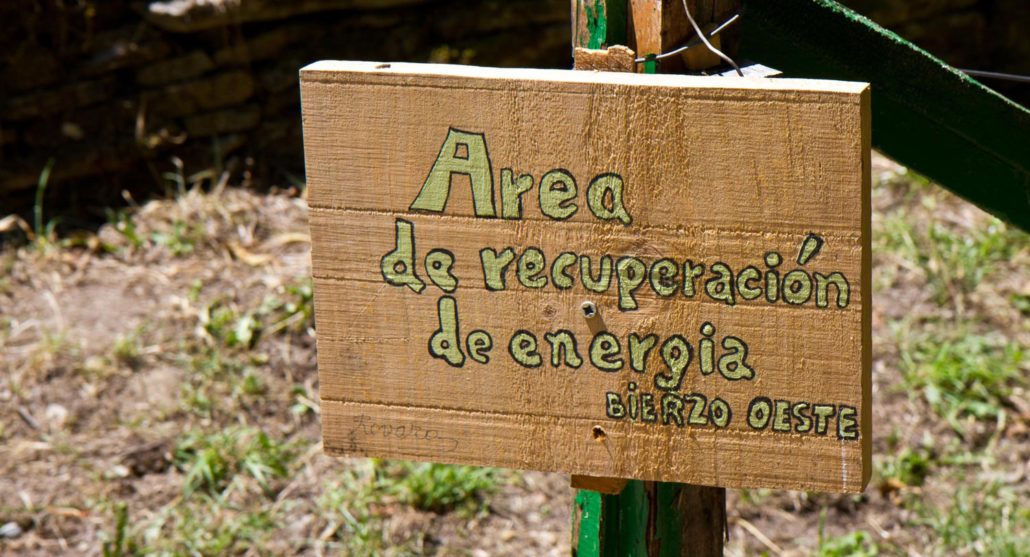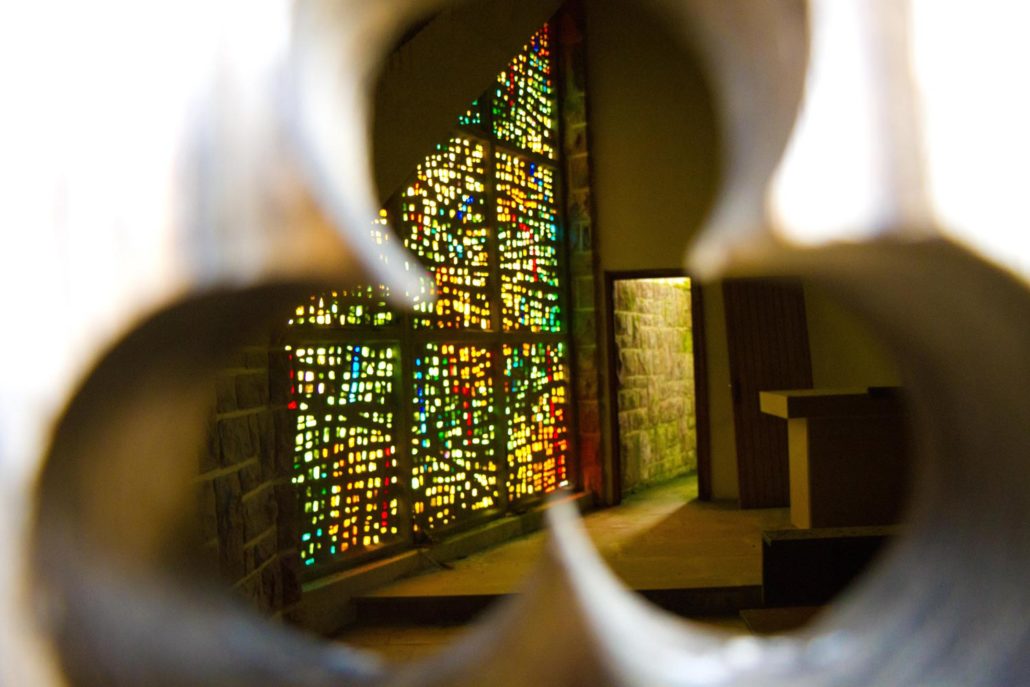Some purists walk the camino without a mobile phone and no contact with friends and family back home in order to escape reliance on electronics and focus on the journey. While of course it is not desirable to be on the connected 24/7, most pilgrims occasionally check emails and make a phone calls.
Calling and Texting
Only you can decide what technology is right for you, but it is worthwhile to consider how you can minimize any distraction it may present. Two main options for having mobile phone coverage are enabling international roaming on your home mobile phone plan or purchasing a Spanish SIM card (which requires an unlocked GSM phone). International roaming on many US and Canada based plans is often quite expensive, but can be a good solution if only used in case of emergency.
T-Mobile has free international data and text on some of their US plans. European plans tend to have inexpensive roaming within Europe. The main carriers are Movistar, Vodafone, Yoigo and Orange. Unlike most mobile phones in the USA, you only pay to make calls and send text messages and are not charged to receive.
Text messages/SMS or apps like WhatsApp, Viber or Skype are an inexpensive way to let your family know you are still alive without disturbing your pilgrim zen. Public pay phones are uncommon.
Country codes and dialing internationally ☎
- To call Spain (+34) from the USA: 011+ 34 +7-digit number
- To call France (+33) from the USA: 011+ 33 + 9-digit number
- To call the USA and Canada (+1) from abroad: 00 + 1 + 10-digit number
- Spanish numbers have 9 digits including the area code: landlines begin with 9, mobile numbers begin with 6, toll free numbers begin with 900/901
Internet
Wifi (pronounced “wee-fee” in Spanish) is increasingly available along the Camino, with some albergues and many cafés offering free access.
Fewer and fewer albergues have desktop computers with coin-operated internet, though a few still do. Prices range from €1-4/hour. Be careful entering any sensitive personal information on public computers as some are not secure. Bigger cities may have internet cafes, though with the prevalence of wifi these are also becoming obsolete.
Backing up Photos
If taking photos from your smart phone, consider a cloud backup storage solution such as Google Photos, iCloud or Dropbox. Subscription levels range from free to $2/month to $100/year depending on how much storage you need. Google Photos offers unlimited storage for free. With wifi in almost every accommodation now, this is a simple way and reliable to make sure you don’t lose your image and memories.


